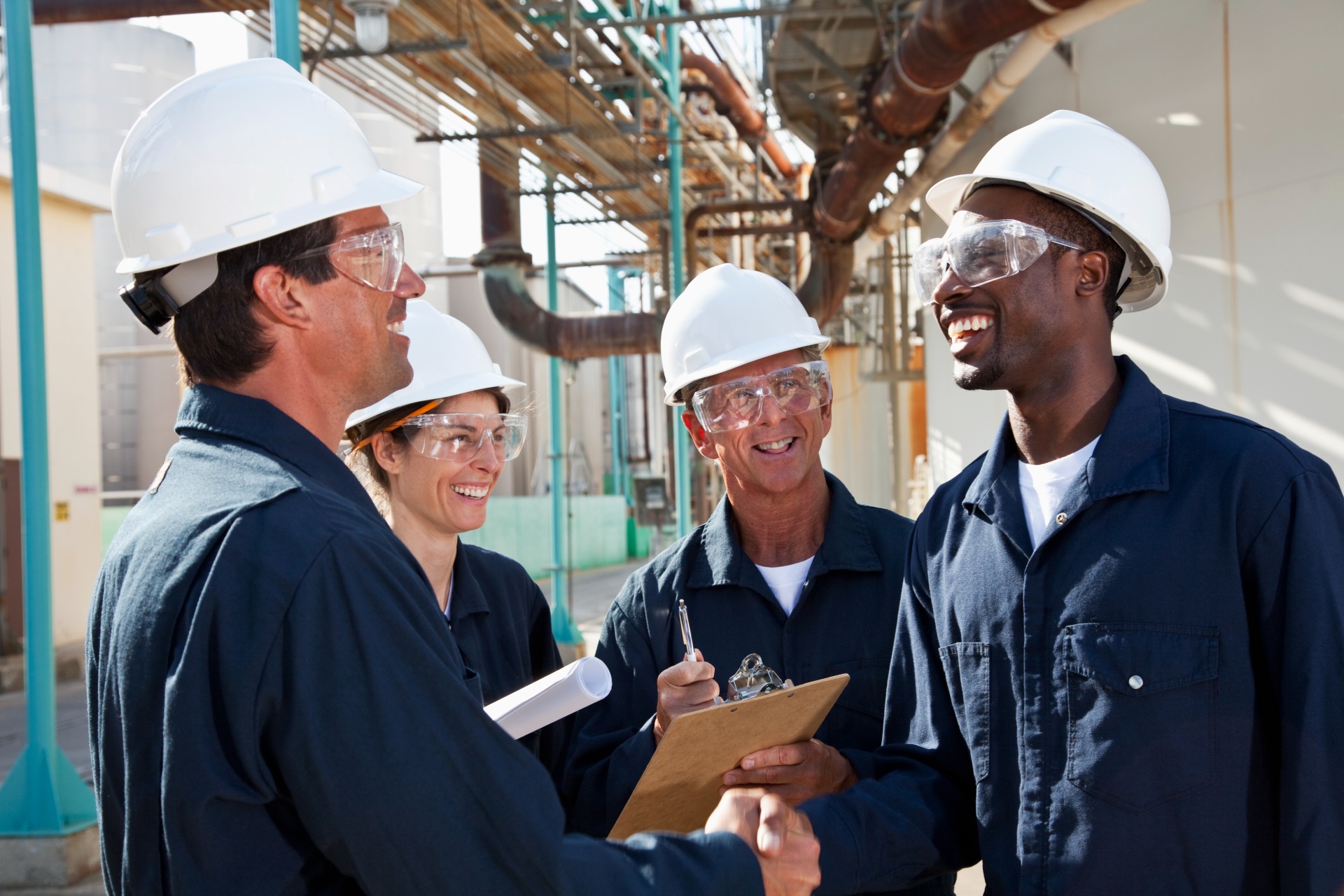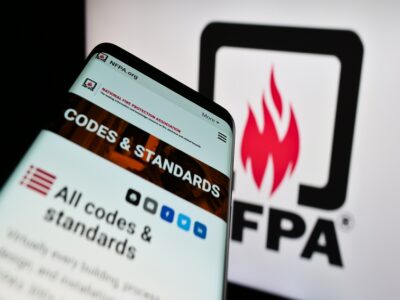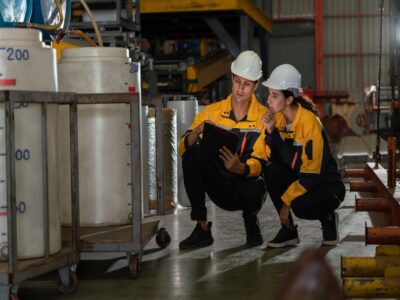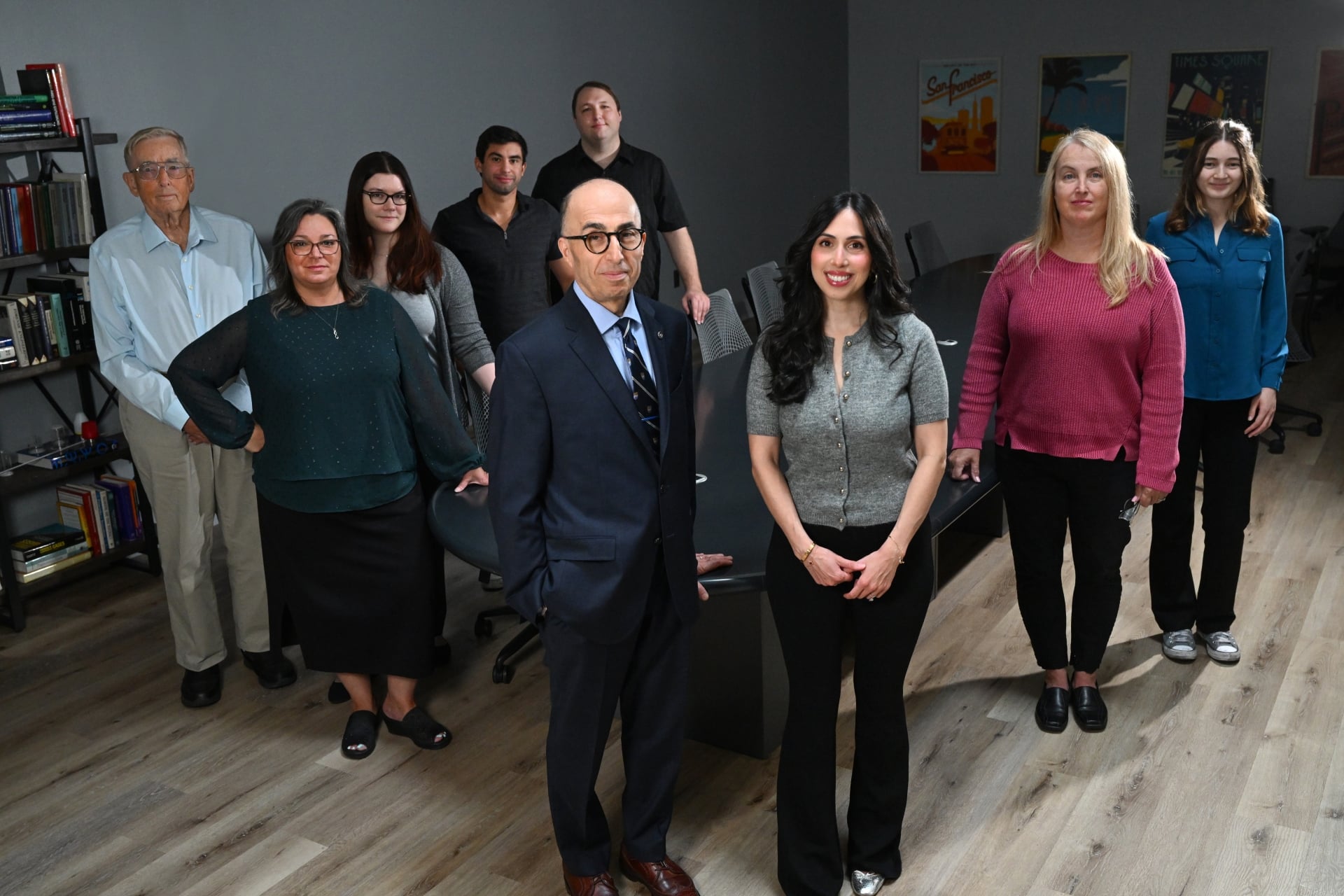At Stonehouse Process Safety, we bring together our internationally recognized dust safety consultants, proven industry experience, and years of dust explosion studies to efficiently deliver NFPA 660 (previously NFPA 652) compliance for your organization.

Get NFPA 660 (previously NFPA 652) compliance professionally, efficiently, and cost-effectively with the help of our process safety consultants and our world class combustibility labs.

Get in touch
To learn more about our expertise and services in dust explosion prevention & mitigation, call us at +1 609 455 0001 or email us at [email protected] today.
We also offer tailored virtual and in-company process safety training programs on Dust Explosions, Static Electricity and HAC (Hazardous Area Classification) and more. Find further information here.
* indicates required fields
Why you need to comply with NFPA 652?
NFPA 660 (previously NFPA 652) requires the owner/operator of a facility to identify and manage fire, flash fire, and explosion hazards of combustible dusts and particulate solids. The standard sets out the minimum general requirements that are necessary to achieve this.
At Stonehouse, we interpret the standard in a way that is relevant and right for your industry, providing advice on compliance to the correct level – hazards identified, precautions within reason and practical in implementation.
Why do you need a Dust Hazards Analysis (DHA)?
If you process or handle combustible dust, NFPA 660 (previously NFPA 652) sees the Dust Hazards Analysis (DHA) as the fundamental step in safeguarding your facility.
We work with you to understand your processes and assess your plant’s safety. We independently advise on appropriate measures to achieve compliance – from plant changes to operating procedures, explosion prevention or protection measures. We pride ourselves on delivering our bespoke services professionally and cost-effectively.
Combustible Dust Testing
NFPA 660 (previously NFPA 652) states that the owner/operator of a facility with potentially combustible dusts is responsible for determining whether their materials are combustible or explosible, and, if so, for characterizing their ‘ignition sensitivity’ and ‘explosion severity’ properties as required to support the DHA.
At Stonehouse, a world class test facility awaits the arrival of your samples. No long wait times, but rather sensible pricing, efficient service, and easy-to-follow reports and findings.
How it Works
Step One – Contact Us
Call us or complete the form below
Step Two – Free Phone Consultation
We reach out to you right away, discuss operations and approach to DHA, and prepare a fully costed proposal. This is all at no obligation to you.
Step Three – Site Assessment & Report
We visit, complete our assessment, and administer laboratory testing (if needed). We will then discuss and provide our full report.
After we receive your inquiry, one of our dust explosion specialists will reach out to you right away to discuss your requirements and answer your questions. You will receive a detailed, fully costed site visit proposal to conduct the DHA. The assessment will take place over a day or several days depending on size/ complexity of your operation. If dust explosion combustibility test data is required, we’ll submit a separate proposal for testing. We will test your dust samples in our state-of-the-art dust explosion labs. After peer-reviewing our findings and recommendations, we’ll schedule a call with you to discuss your DHA report. Compliance is in sight!
Why Work With Us
NFPA 660 (previously NFPA 652) requires that a DHA is performed or led by a suitably qualified person: The team at Stonehouse comprises process safety experts who are uniquely qualified to lead the DHA process per NFPA 652 guidelines.
- We have more than three decades of practical experience in the assessment and control of fires, explosions, accidental release of chemicals, and electrostatic hazards throughout process industries globally.
- Membership and active participation in pertinent national standard making committees.
- A scientific, yet practical, approach using hard data whenever possible.
Process safety data obtained using our own laboratories where appropriate. - Prioritization of our recommendations in the order of critically to the safety of the personnel and facility to help you work towards your safety goals efficiently and cost-effectively.







